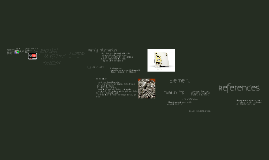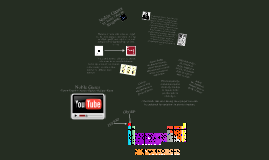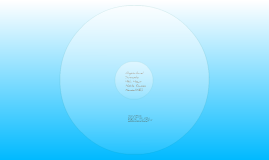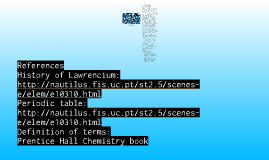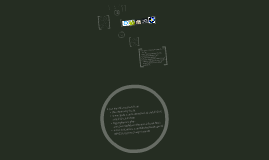Periodic Table Powerpoint Project
Transcript: I got my information from the chemistry book www.tpub.com/content/aviation/14020/css/14020_140.htm hyperphysics.phy-astr.gsu.edu/hbase/chemical/bond.html www.britannica.com/EBchecked/topic/436953/oxygen-group-element Oxygen Group Oxygen-gas Sulfur-solid Selenium-solid Telurium-solid Polonium-solid oxygen tellurium The periodic table is arranged by groups and periods Atomic Number tells you the number of protons in the nucleus of an atom of an element Mass Number tells you the number of protons and neutrons in the nucleus of an atom Isotope-atoms of the same element that have the same atomic number but different masses due to a different number of neutrons. Ex. C-12 and C-14 Group is the vertical columns Period is the horizontal rows Atomic Radius-one-half the distance between the nuclei of two atoms of the same element when the atoms are joined Ionization energy-energy required to remove an electron from an atom in its gaceous state Electronegativity-ability of an atom to attract electrons when the atom is in a compound Cation-any atom or group of atoms with a positive charge Anion-any atom or group of atoms with a negative charge atomic size decreases when going to the right ionization energy, electronegativity, and nuclear charge increases when going to the right shielding is constant when going to the right atomic size, ionic size, nuclear charge, and shielding increase when going down ionization energy, and electronegativity decrease when going down selenium Oxygen is reactive with almost any other element except noble gases-helium, neon, argon, and krypton; is a nonmetal; and forms the compounds: peroxides, superoxides, ozonides, hypofluorous acid, deoxygenyl, dioxygen diflouride, and oxygen diflouride Sulfur is really reactive with all metals except gold and platinum; is a nonmetal; and forms rhombic sulfur, amorphous sulfur, and sulfides Selenium is decently reactive with hydrogen, flourine, chlorine, bromine, nitric and sulfuric acids; is a nonmetal; and forms compounds called selenides Tellurium is reactive with chlorine, flourine, nitrogen; is a metalloid; and forms compounds called tellurols Polonium is reactive with dilute acids; is a metal; and has no compounds of practical use Oxygen is found all around you. Such as in the air you breathe, and in lakes, rivers, ponds, and oceans Oxygen is used for welding, hospital breathing devices, methane, ethane oxides, rocket fuel oxidents, steel manufacturing, and breathing Melting Point:-218.4 deegrees Celsius Boiling point:-183.0 degrees Celsius Oxygen is not flammable Oxygen is reactive with almost any other element except noble gases-helium, neon, argon, and krypton Oxygen O Atomic Number: 8 Mass Number: 15.9994 nonmetal Joshua Dickey 2 Oxygen Group O Oxygen polonium Periodic Table Dmitri Mendeleev, a Russian chemist, came up with the periodic table in 1869 arrangement of elements in which the elements are seperated into groups based on a set of repeating properties the most common is the "long form" horizontal row is called period vertical column is called a group sulfur Oxygen's electron configuration is 1s2 2s2 2p4 Ionic Bonding-Chlorine, Sodium Covalent Bonding-Oxygen Metallic Bonding-none a unique characteristic about Oxygen is that even though Oxygen is a gas it doesn't burn but it does support combustion






